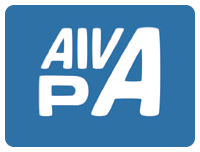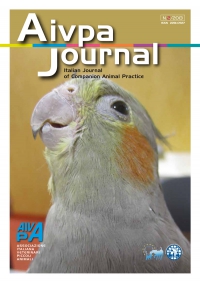Principi di chemioterapia antineoplastica in oncologia clinica canina e felina
Basic information of cancer chemotherapy in canine and feline clinical oncology
Authors
Stefanello D.
DVM Dipartimento di Scienze Veterinarie e Sanità Pubblica. Università degli Studi di Milano
Summary
Veterinary cancer chemotherapy is now of established value and a highly specialized field and it’s one of the most important treatment strategy for spontaneous malignat neoplasia in dogs and cats. Many different drugs have been identified as having anti-cancer activity and they can be used as single agent or in association with other antiblastic drugs. These agents can be divided into groups on the basis of their mode of action (cell cycle phase specific or non specific), antitumour activity and toxicity. Alkylating agents, anti-tumour antibiotics and some of the miscellaneous agents interfere with the replication and transcription of DNA. Antimetabolites interfere with the synthesis of DNA or RNA by enzyme inhibition or by causing the synthesis of non-functional molecules. The vinca alkaloids are antimitotic, acting specifically on the mitotic spindle and causing a metaphase arrest. Thus all these agents act on the processes of cell growth and division and therefore cytotoxic drugs are most effective against growing or dividing cells. For the correct management of cancer patient clinicians must know the characteristic of the single drugs, the possible synergetic activities as well as the possible side effects that must be prevented, categorized and monitored to ensure the best quality of life of the canine and feline patients. The development of chemotherapy resistance should also be considered as the possible cause of failure in canine and feline oncology.
Keywords
chemotherapy, dog, cat, medical oncology, side effect


